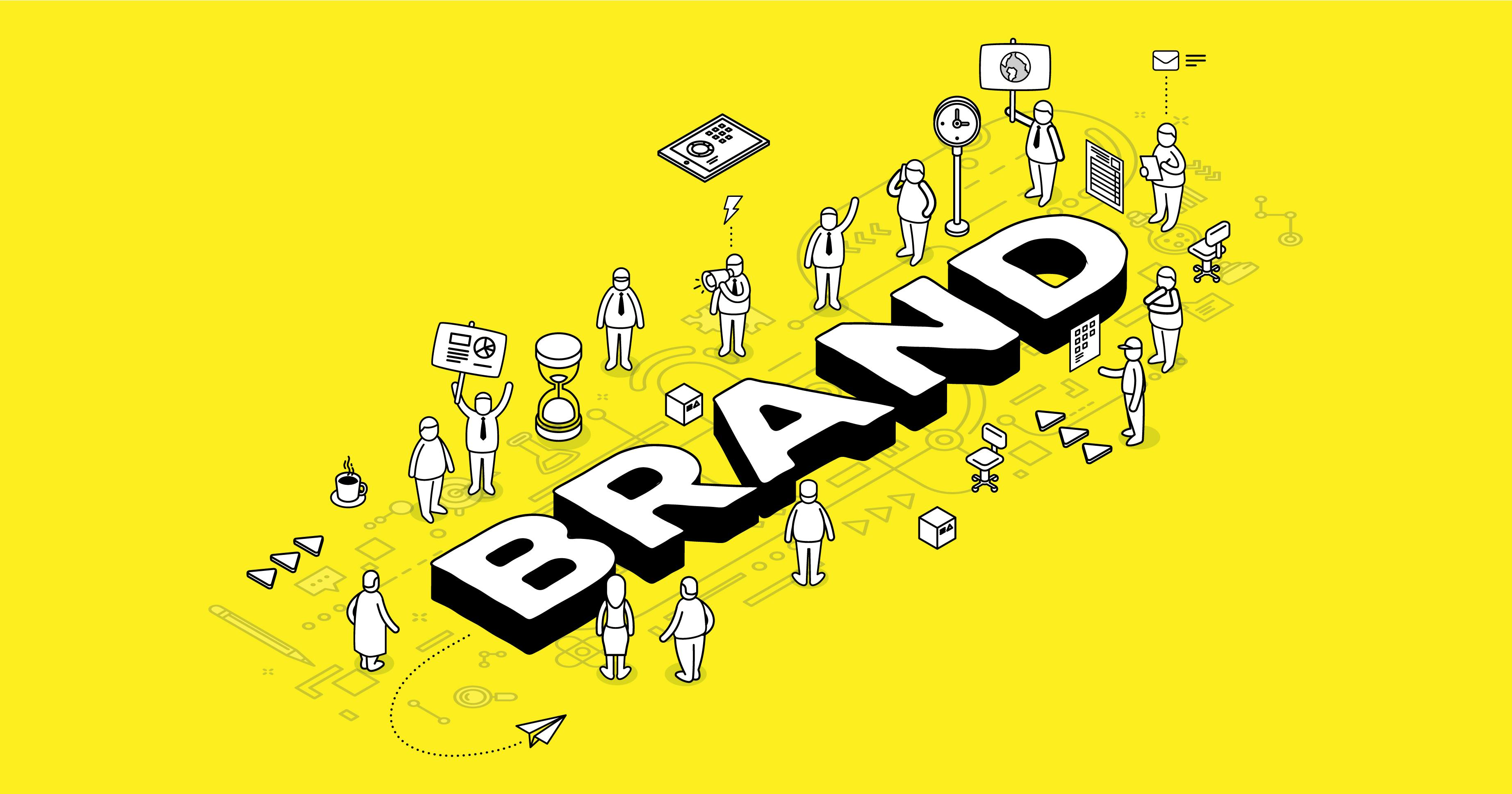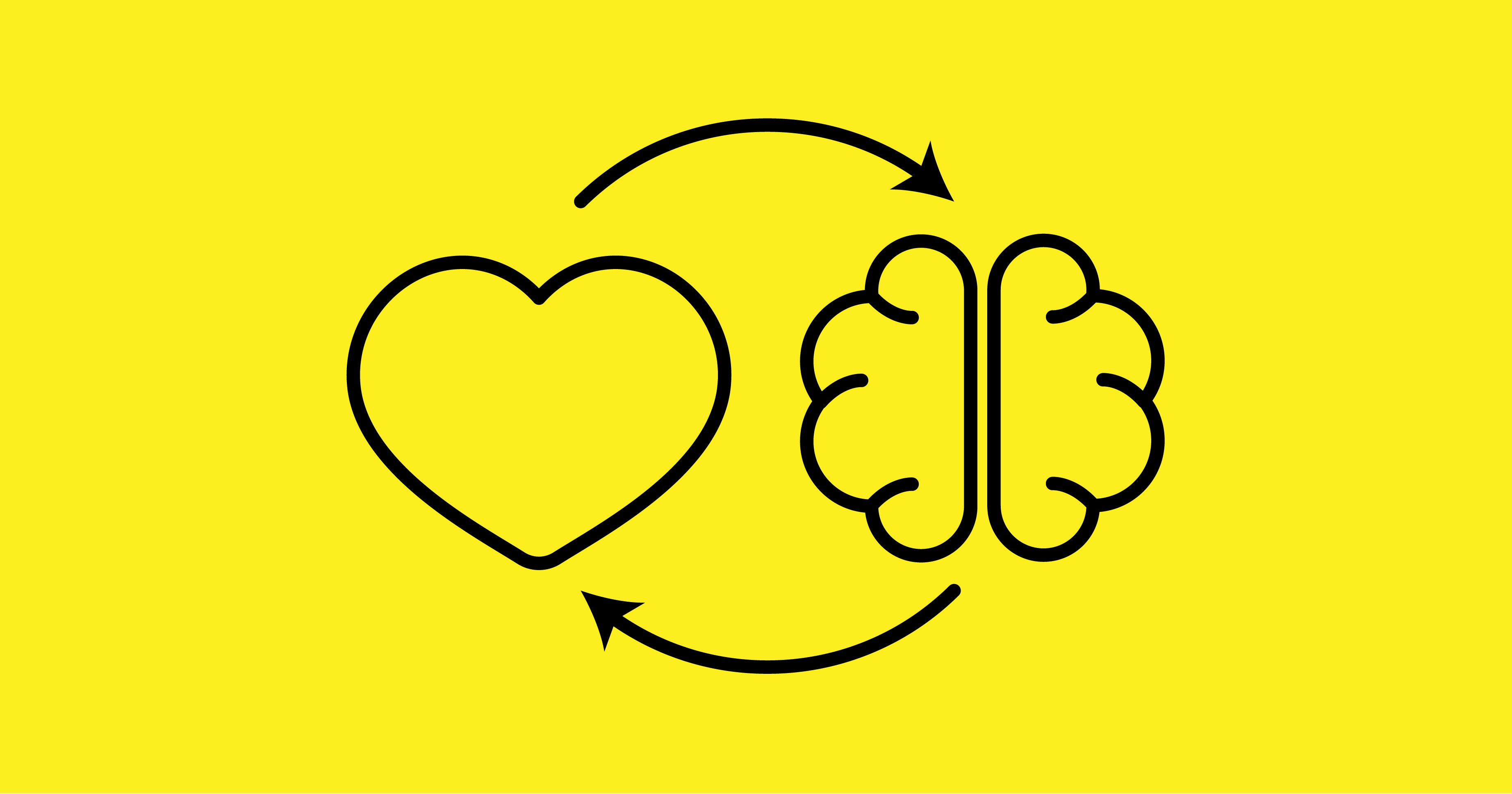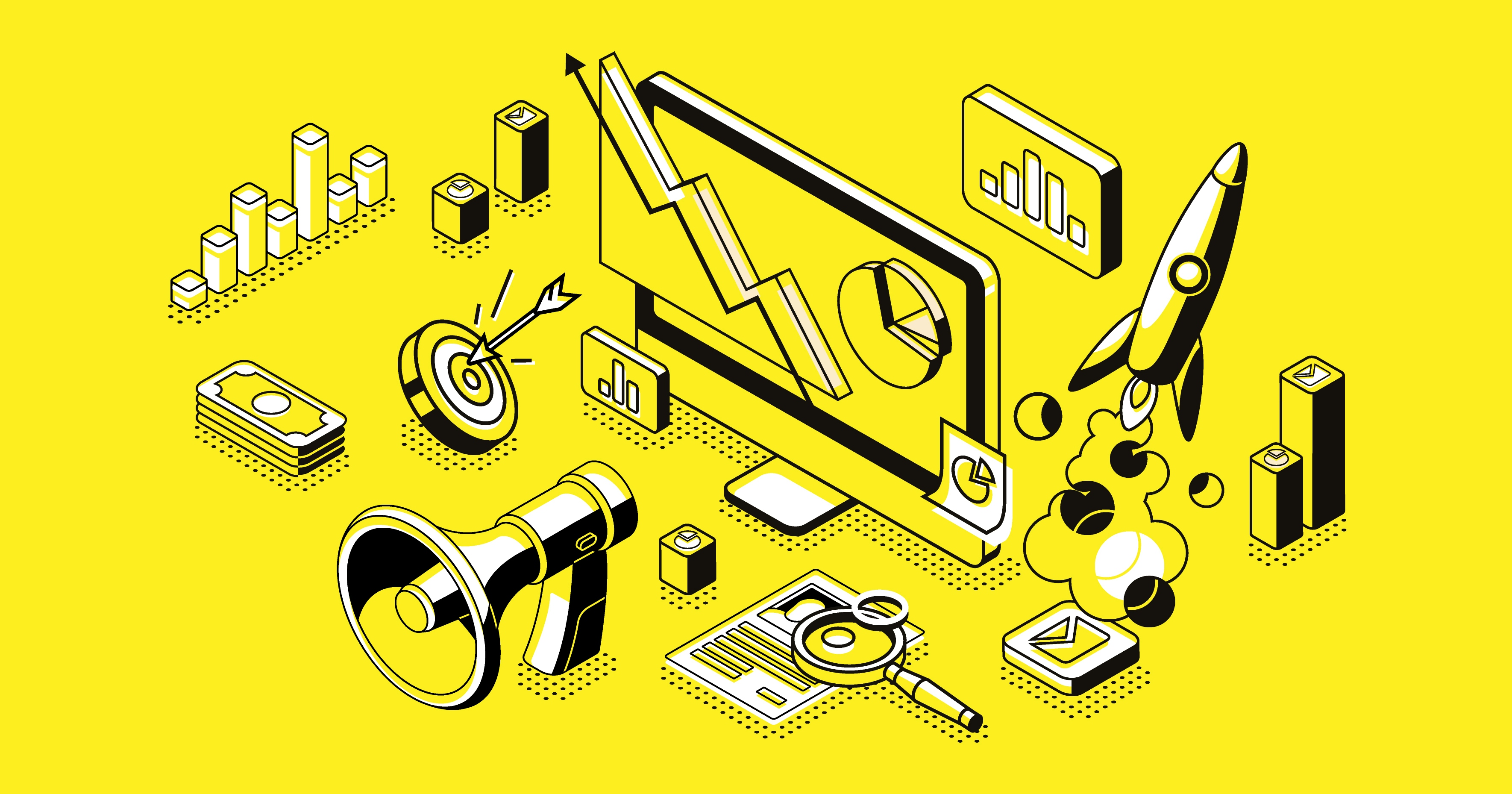
Is it worth measuring brand equity?
If profits are sliding, brands might be tempted to run special offers, big promotions and price cuts. However, the biggest businesses have found that brand equity investment is the key to long-term growth.
When choosing which marketing KPIs to track, measuring brand equity might be considered more difficult than worthwhile. Yet by linking this metric to a business’s financial value, you can get a fuller picture of your marketing’s success and make better decisions about future investment.
Plus, as some of the world’s biggest brands already know, having strong brand equity is an indicator of business growth in uncertain markets.
What is brand equity?
Brand equity is a measurement of how much a business is recognised, valued and positively perceived. To build brand equity, businesses have to consistently offer quality products and good customer experiences. This will help them become more well-known and gain a favourable reputation in their market.
According to data and insights company, Kantar, brands that have strong equity are:
- Meaningful to customers because they meet their needs and give them a positive experience
- Different to their industry competitors thanks to their uniqueness or leadership
- Salient in customers’ minds when they’re making purchasing decisions
Some brands may achieve one of these factors. However, all three need to be balanced to grow equity value.
What are the benefits of measuring brand equity?
Brand equity doesn’t have a tangible unit of measurement and, as a result, can be difficult to track. However, businesses that invest in building the recognition and positive perception of their brand enjoy the following benefits.
Resilience:
From competitive markets to increasing prices and industry-specific challenges, modern businesses have to be resilient to survive. Companies with high levels of equity are best positioned to weather uncertain conditions. The BrandZ 100 Most Valuable Global Brands saw a 5.9% rise in value over the COVID-19 pandemic.
By building a reputation for standing by their values, even in difficult times, customers view brands as trustworthy and are more likely to purchase from them. A brand’s behaviour during the pandemic is now a major decision-making factor for 65% of consumers. So, as brands show increased resilience, their brand equity grows and vice versa.
Better customer connections:
Brand equity is tied directly to the strength of a business’s connections with its customers. The majority of consumers turn to brands they know and trust over those they’ve seen ads from when making a purchasing decision. Beyond offering quality products or services, brands need to build meaningful, emotional ties with customers.
For example, the Fall/Winter 2022 collaboration between Gucci and adidas quickly became the season’s hottest clothing line. By tapping into consumers’ trendsetting desires, both brands saw a growth in brand equity of more than 3%. Similarly, brands that prioritise multichannel service fulfil customers’ needs for convenience and position themselves as go-to choices for online purchases.
Long-term growth:
Unlike other measurable KPIs such as churn rate and time to activate, keeping track of brand equity means teams stay focused on long-term goals. It does this by shifting concentration from short-term sales activation towards brand-building strategies. Balancing the two types of activities is important, but prioritising the latter will help businesses stand out and connect with customers.
This helps businesses make better decisions and get higher returns on their marketing investment. Interbrand’s Best Global Brands 2023 report found that the top 100 businesses grew their value by 5.7%, the equivalent of $3.3 trillion, despite wider market stagnation.
Why have these brands emerged?
As markets get more competitive and uncertain, the world’s biggest businesses are looking to bolster their growth by building brand value. As Kellogg Co’s chief growth officer and marketing lead Doug VandeVelde recently said, “Our new marketing model will help amplify the power of our brands and make us more effective and efficient.”
The below examples explain how and why global brands are taking this approach.
Diageo
The premium drinks conglomerate containing more than 200 brands (including Guinness and Johnnie Walker) saw its sales fall by 0.6% in the first six months of their financial year. Caused by increasing competition in the US market, this equalled a loss in market share across 70% of their portfolio.
However, rather than turning to price promotions, CEO Debra Crew doubled down on marketing the ‘premium’ nature of their brand. This resulted in bold campaigns like ‘The New Black’, which championed authenticity and a pioneering spirit through influencer collaborations. As a result, Johnnie Walker saw its value increase by £9 billion in 2023.
Similarly, Guinness focused on bringing its brand experience to new audiences through its alcohol-free and Nitrosurge campaigns. By remaining honest to its brand values, the business saw a growth in European sales of 19% over 12 months.
Vodafone
Despite the competitiveness of the UK’s value mobile market, Vodafone has managed to be rated as the country’s most valuable brand for several years in a row. This is a result of being responsive to its customers' needs across both major and sub-brand marketing. Plus, staying focused on offering good service at a great price.
This brand agility became clear in lockdown when Vodafone amped up its marketing activity with its campaign ‘Keeping the UK Connected’. By tapping into the emotions of the pandemic, the mobile provider increased its brand consideration from 22% to 28%.

Similarly, by creating a social-first brand that targets Gen Z demographics, the sub-brand VOXI acquired 26,000 customers in one quarter. The high-quality campaigns included Youth Generated Content promoting data deals and increased brand awareness by more than a third among 16 to 24-year-olds.
The search giant tops the charts for both brand recognition and business growth. In Q3 of 2023, Google saw an 11% year-on-year increase in revenue. The strength of the brand’s equity has been achieved by:
- Staying focused on customer needs, from developing simple, easy UX to championing and prioritising a searcher-first experience
- Promoting innovation from the bottom up, including expanding into new areas such as AI and health tech
Its size and established reputation make Google a focus of attack from industry disruptors. However, by focusing on the above and positioning itself as an industry leader, the company continues to build its brand equity and profitability.
How can you increase your brand equity?
To start building equity, you need to have a thorough understanding of your brand. By identifying its purpose and considering what customers recognise you for, you can start to create a more powerful brand that will go from strength to strength.
Our experienced team can help you establish a brand that drives equity and business growth. To find out more and to have an initial informal chat, call us on 01926 754038 or alternatively, drop us an email at hello@designmc.org and one of our team will be in touch.
LET’S TALK
Looking to realign, refresh or redevelop your brand or business marketing strategy? Send us an email at hello@designmc.org or, give us a call direct on 01926 754038 for an informal chat.

